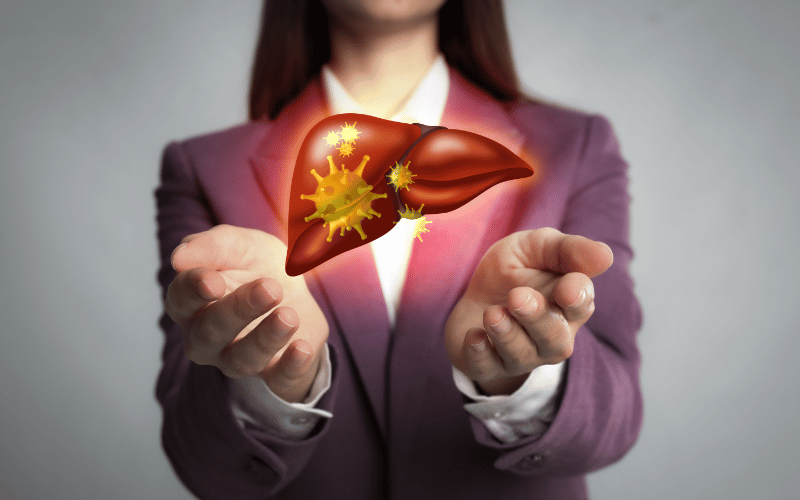Introduction: Unmasking the Shadows of Hepatitis C

In the vast realm of infectious diseases, Hepatitis C, or HCV, has carved its niche. This formidable virus, known to silently assault the liver, has had public health professionals and medical experts gravely concerned for decades. Not just a medical condition, HCV stands as a symbol of how the invisible can profoundly influence the tangible; how something microscopic can overshadow life itself.
The challenge with Hepatitis C isn’t just its elusive nature but also the many myths and misconceptions that surround it. There’s a pressing need to disseminate factual, evidence-based information about HCV to demystify the apprehensions and establish a foundation of knowledge. This article endeavors to do just that by spotlighting 15 critical aspects of HCV, hoping to illuminate its many facets for better understanding and management.
As we journey through these essential points, remember that knowledge is power. The more we know, the better equipped we are to protect ourselves and our loved ones, to engage in meaningful conversations, and to advocate for necessary medical interventions when needed.
Fact 1: Hepatitis C Defined

Hepatitis C is not just a name; it’s a deep-seated medical concern with roots in the realm of infectious diseases. The term “hepatitis” signifies inflammation of the liver. While there are various causes behind liver inflammation, including other viruses, toxins, and certain medications, Hepatitis C specifically refers to the liver inflammation caused by the HCV virus. This viral intruder has a singular mission: to affect one of the most vital organs in our body.
Distinguishing between Hepatitis A, B, C, D, and E is pivotal. Each hepatitis type has its causative agent, mode of transmission, and disease progression. Hepatitis C is unique in its etiology and outcomes. While some hepatitis forms might result from contaminated food or water, HCV specifically spreads through blood-to-blood contact, showcasing its differentiated transmission dynamics.
To grasp the magnitude of HCV, one must first understand the liver’s monumental roles. Acting as the body’s chemical processing plant, it has functions that range from digesting food, storing energy, to acting as a detoxifier. When Hepatitis C enters the scene, these vital processes can be jeopardized. The virus, over time, can lead to significant liver damage, affecting its capacity to perform its multiple roles effectively.
HCV doesn’t present itself as a monolithic entity. Instead, it’s a mosaic of genetic variations. The virus can mutate, leading to different genotypes. Currently, medical experts have identified seven primary genotypes of HCV. This genetic diversity plays a significant role in determining the course of treatment. Some genotypes might be more receptive to specific antiviral treatments than others, making genotype identification crucial post-diagnosis.
The journey to understanding Hepatitis C begins with defining its very essence. Recognizing its unique nature, its modus operandi, and its impact on the liver sets the foundation for a deeper dive into this complex medical subject. With HCV being a multi-faceted adversary, a holistic view is not just recommended; it’s imperative. (1)